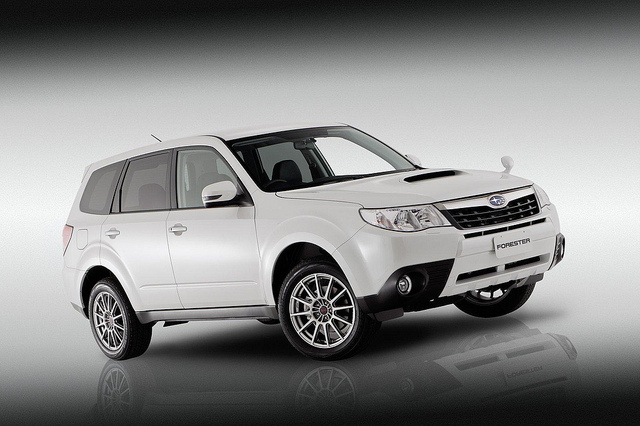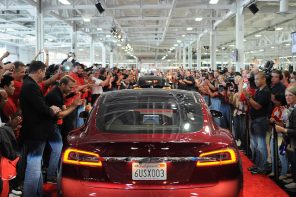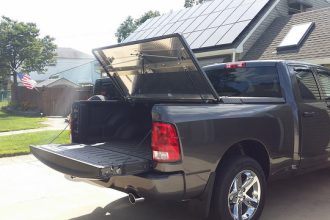On the roads since 1997, the Subaru Forester is considered by many to be the original SUV. During the last decade and a half, despite a huge influx of new SUVs, it has managed to retain a place in the heart of both the buying public and the automotive press. The crux of this sustained success is the commitment to longevity and safety which the Subaru brand has become synonymous for. Whilst many car reviews with Motoring will point out that newer SUVs may out perform the Forester in terms of refinement and performance, few if any, will have a longer life on the road. And when it comes to safety ratings the Forester is still the benchmark to which all modern SUVs should aspire.
The Forster was one of the first SUVs to consistently score top marks in safety tests. In 2008 it was awarded a 5-star European NCAP rating and similar top accolades in both the United States and Australia. These days new breed SUVs, such as the Hyundai Santa Fe, are also picking up top safety awards but it was the Forester which led the pack. Its continued commitment to safety was highlighted earlier this year when the American Insurance Institute for Highway Safety (IIHS) named it as one of the safest small SUVs on the road.
Subaru have incorporated an array of advanced safety features across their entire range, one of the most lauded of which has been its Vehicle Dynamics Control (VDC) system. Standard in all new Foresters, the VDC system adjusts individual wheel breaking in order to provide optimum performance in a range of different conditions. As any Subaru Forester review will tell you, it has always been one of the few SUVs which truly felt as though it had been designed to thrive off-road- and sure to this heritage the VDC can be switched off in order to maintain performance in the mud or snow.
Electronic Brake-force distribution (EBD), another feature which comes as standard, adjusts the proportion of front/rear braking according to the vehicles load. This clever system has been proved much more effective than traditional brake proportioning valves. Another clever breaking aid is the Brake Assist system which is used to apply hydraulic pressure to aid in emergency stops when insufficient pressure has been applied to the brake pedal. All of these innovations sit alongside Subaru’s already much praised 4-wheel ABS system.
All Subarus use a ring-shaped reinforcement frame which has been designed to provide optimum protection for the passenger compartment in an array of different collision scenarios. The configuration of the reinforcement frame allows for energy to be dispersed in three separate directions, helping to minimize impact, as does the low placement of the engine. The Forester’s advanced airbag system can deploy up to six airbags and includes rollover sensor controlled curtain airbags. Active head restraints, collapsible break pedal and impact-absorbing footrests also all come as standard.
Subaru are rightly praised for the build quality and safety features of their cars- as highlighted by the fact they were the only manufacturer handed IIHS awards for all of their available US models. The Forester is no exception and with an overhaul planned within the next couple of years it looks likely to further its standing as one of the safest SUVs on the road.





